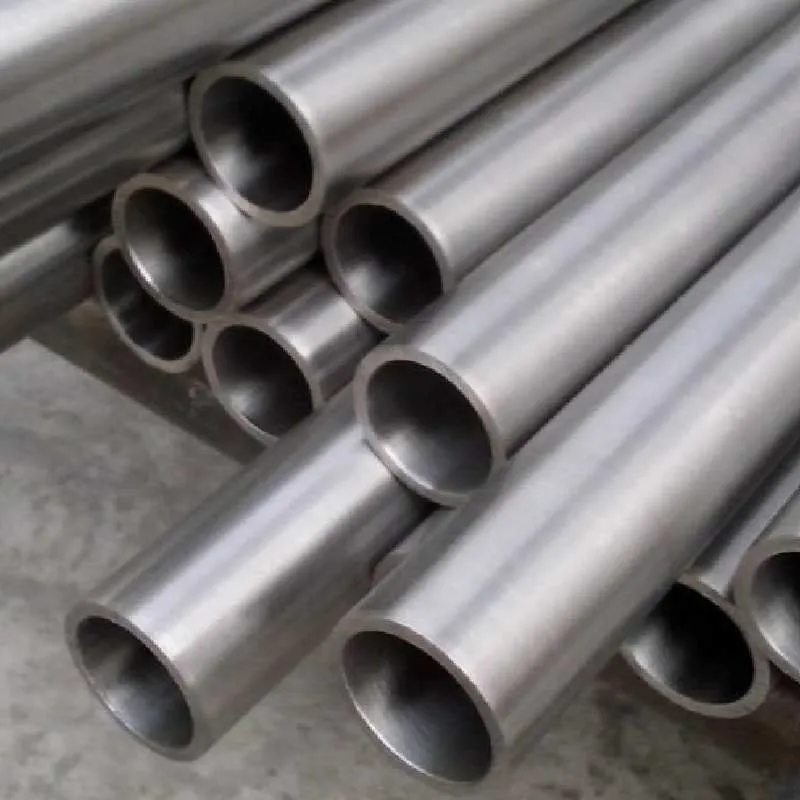-
Cangzhou Yulong Steel Co., Ltd.
-
Phone:
+86 13303177267 -
Email:
admin@ylsteelfittings.com
- English
- Arabic
- Italian
- Spanish
- Portuguese
- German
- kazakh
- Persian
- Greek
- French
- Russian
- Polish
- Thai
- Indonesian
- Vietnamese
- Zulu
- Korean
- Uzbek
- Hindi
- Serbian
- Malay
- Ukrainian
- Gujarati
- Haitian Creole
- hausa
- hawaiian
- Hebrew
- Miao
- Hungarian
- Icelandic
- igbo
- irish
- Japanese
- Javanese
- Kannada
- Khmer
- Rwandese
- Afrikaans
- Albanian
- Amharic
- Armenian
- Azerbaijani
- Basque
- Belarusian
- Bengali
- Bosnian
- Bulgarian
- Catalan
- Cebuano
- China
- China (Taiwan)
- Corsican
- Croatian
- Czech
- Danish
- Esperanto
- Estonian
- Finnish
- Frisian
- Galician
- Georgian
- Kurdish
- Kyrgyz
- Lao
- Latin
- Latvian
- Lithuanian
- Luxembourgish
- Macedonian
- Malgashi
- Malayalam
- Maltese
- Maori
- Marathi
- Mongolian
- Myanmar
- Nepali
- Norwegian
- Norwegian
- Occitan
- Pashto
- Dutch
- Punjabi
- Romanian
- Samoan
- Scottish Gaelic
- Sesotho
- Shona
- Sindhi
- Sinhala
- Slovak
- Slovenian
- Somali
- Sundanese
- Swahili
- Swedish
- Tagalog
- Tajik
- Tamil
- Tatar
- Telugu
- Turkish
- Turkmen
- Urdu
- Uighur
- Welsh
- Bantu
- Yiddish
- Yoruba

Oct . 21, 2024 00:41 Back to list
Understanding ANSI Standard Class Flanges for Industrial Applications
Understanding ANSI Class Flanges A Comprehensive Overview
Flanges are crucial components in various piping systems, providing a critical means of connecting pipes, valves, and other equipment. Among the different types of flanges available in the market, ANSI (American National Standards Institute) class flanges are widely used due to their standardized design and compatibility with numerous applications. This article aims to give a detailed understanding of ANSI class flanges, their classifications, uses, and the advantages they offer in industrial contexts.
What are ANSI Class Flanges?
ANSI class flanges refer to flanges that are designed according to the ANSI B16.5 and B16.47 standards, which specify the dimensions, tolerances, materials, and pressure-temperature ratings. The class designation indicates the pressure rating of the flange, which determines how much pressure the flange can withstand in different temperature conditions. ANSI standards provide a uniform framework for designing and manufacturing flanges, thus ensuring reliability and safety across various industries.
Classification of ANSI Flanges
ANSI class flanges are categorized based on their pressure ratings, which are denoted by ‘Class’ followed by a numerical value. Common classifications include
- Class 150 Suitable for lower pressure applications, with a maximum working pressure of approximately 285 psi at room temperature. - Class 300 Appropriate for medium pressure applications, with a maximum working pressure of about 720 psi. - Class 600 Used in high-pressure applications, with a maximum pressure rating of around 1,500 psi. - Class 900, 1500, and 2500 Designed for extremely high-pressure environments, with maximum pressure ratings significantly exceeding those of Class 600.
Each class aligns with specific applications, temperature ranges, and materials, making it essential to select the right class for a given project
.Material Considerations
ansi class flanges

ANSI class flanges can be manufactured from various materials, including carbon steel, stainless steel, and other alloys. The choice of material directly influences the flange's strength, corrosion resistance, and overall durability. For example, stainless steel flanges are preferable in corrosive environments, while carbon steel flanges may be suitable for general applications where corrosion is not a primary concern.
Benefits of ANSI Class Flanges
1. Standardization ANSI class flanges adhere to established standards, ensuring compatibility and interchangeability with various piping components. This standardization simplifies design and installation processes, reducing the risk of errors.
2. Versatility With various pressure ratings and materials available, ANSI class flanges can be utilized in a wide range of applications, from water supply systems to chemical processing plants.
3. Safety The rigorous testing and adherence to ANSI standards enhance the safety and reliability of the connections made with these flanges. This is particularly important in high-pressure systems where failures can have catastrophic consequences.
4. Ease of Maintenance Flanges facilitate easy disassembly and reassembly, allowing for efficient maintenance and inspection of piping systems without the need for extensive downtime.
Conclusion
ANSI class flanges play an integral role in the functionality and safety of piping systems across various industries. Their standardized design, classifications based on pressure ratings, and material versatility make them a preferred choice for engineers and designers alike. Understanding the characteristics and proper applications of these flanges is essential for ensuring efficient and reliable operations in any industrial setting. As technology continues to advance, the role of ANSI class flanges will remain vital in meeting the evolving demands of modern engineering challenges.
Latest news
-
ANSI 150P SS304 SO FLANGE
NewsFeb.14,2025
-
ASTM A333GR6 STEEL PIPE
NewsJan.20,2025
-
ANSI B16.5 WELDING NECK FLANGE
NewsJan.15,2026
-
ANSI B16.5 SLIP-ON FLANGE
NewsApr.19,2024
-
SABS 1123 FLANGE
NewsJan.15,2025
-
DIN86044 PLATE FLANGE
NewsApr.19,2024
-
DIN2527 BLIND FLANGE
NewsApr.12,2024
-
JIS B2311 Butt-Welding Fittings LR/SR 45°/90° /180°Seamless/Weld
NewsApr.23,2024











